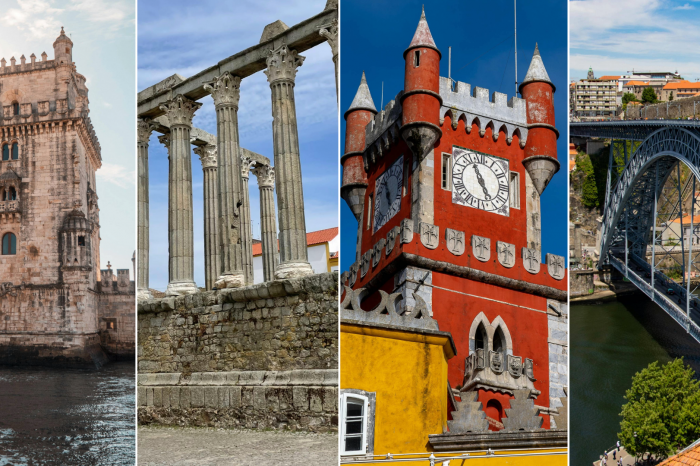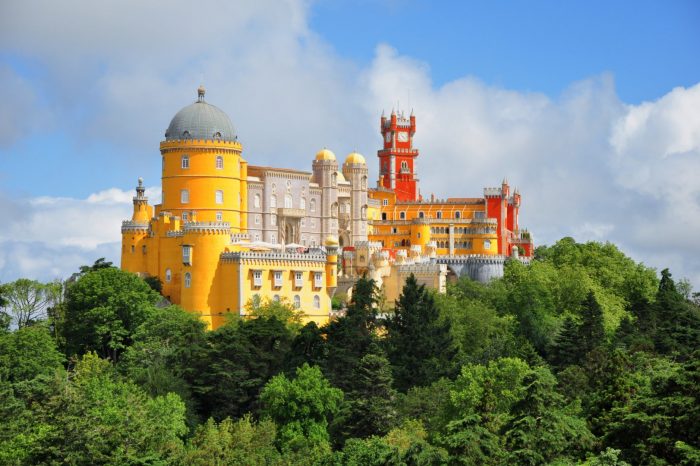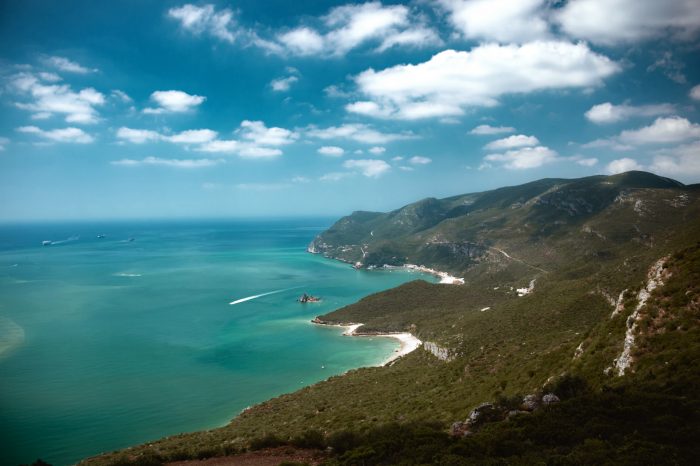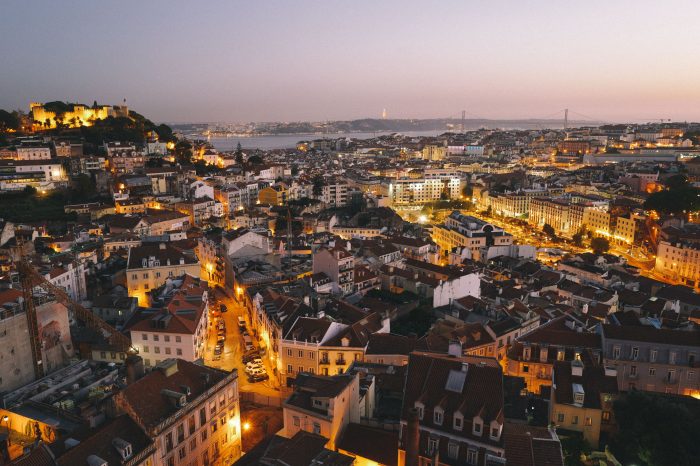Lisbon
Related Tours

Portugal: An Epic North-to-South Journey
ITINERARY Get ready for an epic 7-day adventure through Portugal, where you'll experience the best that Portugal has to offer from north to south! Day Porto In this vibrant city, you’ll wander through charming streets, sip on …

Sintra – Cabo da Roca – Cascais
The VIP tour around Lisbon. From the fairy tale Sintra, to the most occidental spot in Europe, and Cascais the portuguese Riviera.

Setúbal – Arrábida – Azeitão
This is a tour around the south of Lisbon, with the most iconic places like Arrábida Hill and the delicious and small village called Azeitão.
Portuguese capital is a 21st century metropolis. Winning for the first time, in 2018 at the World Tourism Awards, has the Best Destiny City in the World, and in the same year, by the second time, the Best City Break […]
Portuguese capital is a 21st century metropolis.
Winning for the first time, in 2018 at the World Tourism Awards, has the Best Destiny City in the World, and in the same year, by the second time, the Best City Break Destiny in the World, what else is there to say?
A city who blends the past, the present and prepares the future.
Bathed by the Tejo River and the Atlantic Ocean, starting point for the Portuguese discoveries, place of birth of Fado, Lisbon is a landmark in the European history and culture.
A multicultural melting pot, its architecture, gastronomy, history, but most of all, its light and viewpoints of the Tejo River, all of them deserves to be experienced at least once in your lifetime.

Splash of history
Lisbon is the capital of Portugal, but history tell us, it wasn’t always like this.
The popular and romantic legend attributes the foundation of the city to the mythic hero Ulysses, but the first settlers were the Ophiussa an ancient name given by the ancient Greeks to what is now the Portuguese territory between the Douro and the Tejo river, it means the Land of Serpents in honour to the Ophi legend of a chthonic goddess half maiden, half serpent.
For its geographical location, Lisbon was always a commercial sea port by excellency.
Greeks and Phoenicians, used it in their travels from the Mediterranean Sea to the North Sea has a commercial outpost.
Later, Romans used it has an important commercial square to trade luxury fish and Lusitanos horses, in the trading route between the north of their empire to the Mediterranean Sea.
Many others craved for this outpost, Alans, Germanic tribes, Huns and the Arabic who were the last foreign people to live there before the reconquer from the first Portuguese King D. Afonso Henriques in 1147 AD.

This city was the starting point for the Portuguese discovery of the world and sea empire, from Brazil, India, Japan or China, you name it, this armada went everywhere.
Lisbon was one of the most cosmopolitan cities in Europe, but, in the 1st of November of the year 1755 AD, an earthquake followed by a tsunami almost completely wiped out the entire city, some of the places who stood to this day were the the rich neighbourhood of Bairro Alto, the Roman Aqueduct of Águas Livres, the Jerónimos Monastery, Saint Jorge’s Castle or the Belém Tower to name a few.
A huge reform was made after, a new city was born in the shade of this historical monuments, the streets get more larger and rectilinear, with buildings who could stand an earthquake.
Many new neighbourhoods appeared to lodge the continuous people needed to this reform.
Neighbourhoods like Estrela, Rato, Alcântara or Ajuda, carved the spirit of this city, a land full of history, full of sorrow who is so well reflected in the music style called Fado, known to be the music of the Portuguese Soul, and most of all a city who embraces his river and sea has if they were one.

What to see and do
Lisbon can be breathtaking!
A city cloistered between their hills, the Rio Tejo and the Atlantic Ocean, with a fabulous climate all year round.
There is so much to see here, whether you are a monument or museum lover, you can find in the city great examples of National monuments like the Tower of Belém, the Jerónimos Monastery or Saint Jorge´s Castle, if you are looking for art museums, you can lose yourself in places like the National Tile Museum or the National Museum of Ancient Art, even the modern side of Lisbon is there with the acclaimed Berardo Collection Museum, which range from abstract expressionism to digital art installations or neorealism and photography without forgetting the French avant-garde pieces and European cubism, this massive institution now pulls in excess of 2.5 million visitors each year.
Another jewel of the crown is the Lisbon Oceanarium, located in the Tejo Estuary, exhibits marine life like cuddly penguins or marauding sharks, you can even a pedal if its sunny and cross the artificial boating lagoon.

If you’re more a city discoverer you’ll love the typical Districts like Estrela or Alfama, where you can even ride in the iconic Tram 28 and discover decades of history as you pass the various majestic palaces and castles along the route.
Do you want to discover the surroundings of the city? Two places are a must to visit, situated more than half an hour by car, the glorious town of Sintra which is a UNESCO World Heritage Site, a town carved between an idyllic forest, displaying elegant baroque churches, colourful mansions and the grand palaces of former Portuguese kings and queens.
Speaking of idyllic, what about the picture-perfect Cascais? An old fish hamlet, that has been transformed over the years by an influx of upscale Lisboans looking for sun, sea and sand, and peppered by some of the best seafood restaurants in the region.
Returning to the city you have to discover the premier touristic district, Bairro Alto, the city’s top nightlife spot, filled with Fado music holes, fresco cafes, international restaurants as well as typical Portuguese food and pastry.

Contact us.
- info@bythelocalstours.com
- +351 917 095 426
- Mon-Fri 09.00 - 17.00
- Rua dos Imbelos nº196 | 4455-149 Lavra
Destinations.
Infos.
